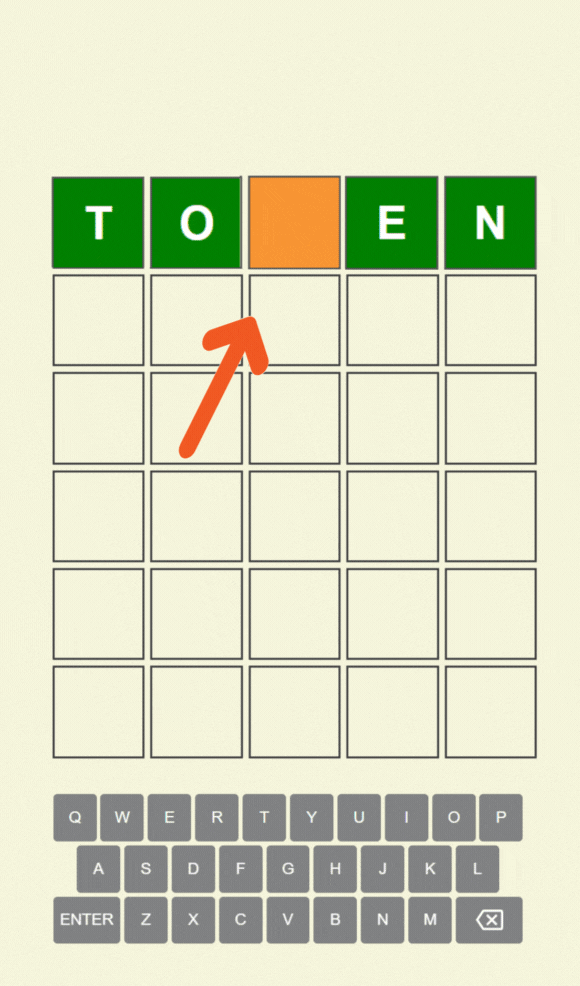Binance, the largest cryptocurrency exchange, has announced a new airdrop campaign for Caldera (ERA), a cryptocurrency built on the Ethereum  $3,727 Blockchain. This initiative marks the 27th addition to its HODLer Airdrops reward program, which was launched in 2024. The campaign is set to distribute tokens automatically among users with BNB in their wallets, granting them access to the new asset without additional transaction fees. Binance has described Caldera as an ecosystem of modular, interconnected, customizable Blockchains, emphasizing its innovative approach.
$3,727 Blockchain. This initiative marks the 27th addition to its HODLer Airdrops reward program, which was launched in 2024. The campaign is set to distribute tokens automatically among users with BNB in their wallets, granting them access to the new asset without additional transaction fees. Binance has described Caldera as an ecosystem of modular, interconnected, customizable Blockchains, emphasizing its innovative approach.
HODLer Airdrops Program Distribution Mechanism
The HODLer Airdrops program has been actively distributing new cryptocurrencies to BNB-holding investors at regular intervals since 2024. The tokens eligible for distribution are determined by wallet snapshots taken on predefined dates, allowing BNB holders to add new assets to their portfolios without engaging in trading activities.
This program is particularly appealing to investors seeking diversification without assuming significant risks. With the introduction of Caldera, Binance aims to bolster user engagement while promoting various scalability solutions to a broader audience. Experts highlight that this distribution model not only enhances platform traffic but also facilitates the adoption of new technologies within the ecosystem. Crypto Traders Are Rushing to This App – Here’s Why You Should Too
Caldera’s Metalayer Architecture and Promises
Caldera, self-dubbed “the internet of Blockchains,” offers modular and interoperable Blockchain infrastructures. The Metalayer architecture is designed to enhance Ethereum’s second-layer transaction capacity by enabling developers to create seamlessly integrated rollups.
The Metalayer is comprised of three components: the execution layer, which allows a bridge from Ethereum to Caldera; the consensus layer, which can transmit messages between different Blockchains within seconds; and the development kit, which accelerates the interoperability process with a comprehensive set of tools. This architectural innovation promises faster approval, reduced costs, and updated security standards, thus enabling developers to focus more on enhancing the user experience of their applications.


 Türkçe
Türkçe Español
Español








